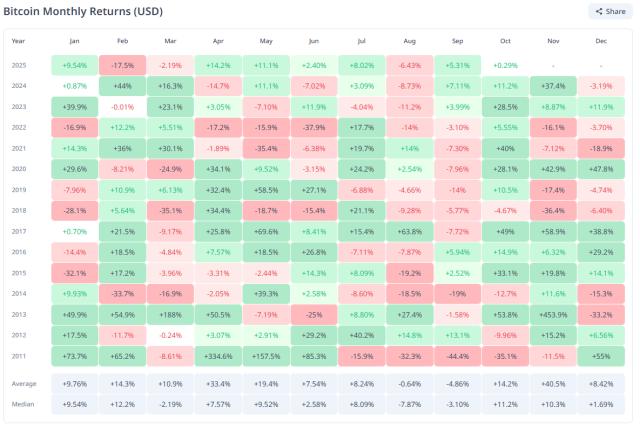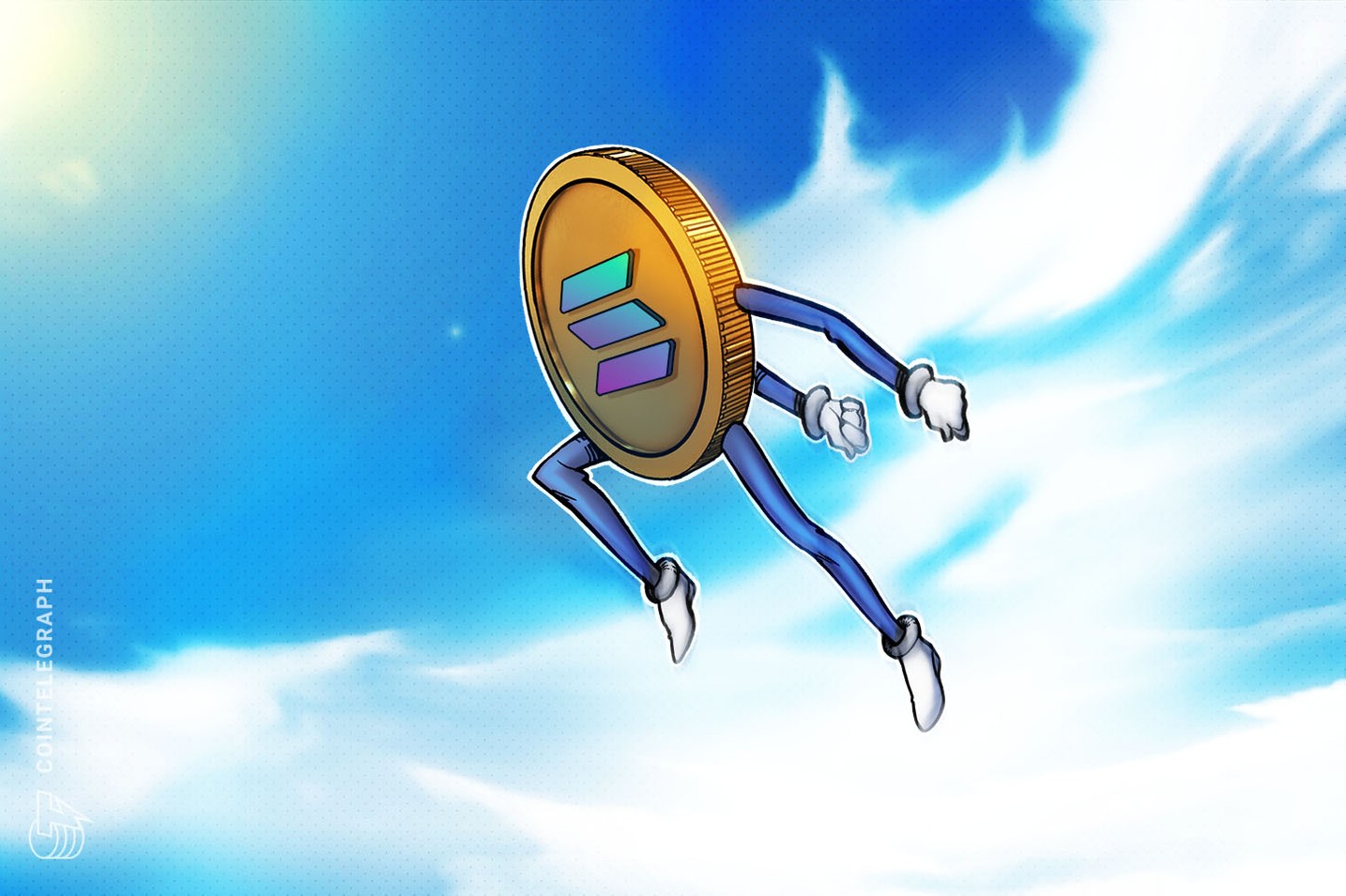The landscape of fees generated by major Layer 1 blockchains has shifted tremendously this year.
Earlier in the year, Solana generated over 50% of the fees among major L1s, yet it now makes up just 9% of the total. The reason for this decline can be attributed, in part, to fierce competition from both Hyperliquid and BNB Chain.
Earlier in the year, Hyperliquid and BNB Chain combined represented around 10% of the total fees generated among major L1s. As of last week, they each made up over 40% and 20% of the total, respectively.
This shift was likely caused by a multitude of factors in market appetite, user preferences, and structural changes that significantly impacted flows.
The first and most obvious sign of change was the fading of Solana's memecoin trading boom from earlier this year, which arguably peaked with the launch of the TRUMP memecoin. The chain has failed to regain that level of activity since.
Moreover, derivatives trading generates meaningfully higher fees per unit of activity than memecoin trading, so even moderate user growth on Hyperliquid, and more recently, BNB Chain with Aster, can swing the fee share quickly. BNB Chain has also benefited greatly from Binance Alpha and Binance Wallet, as an integrated on-ramp with the largest centralized exchange in crypto likely funneled significant retail flows and activity onchain.
Over the next several months, Solana will likely require a native dApp to catch significant adoption and attention velocity that could bring flows back to the network, or another Solana-centric speculative cycle akin to late 2024/early 2025. Failure of either option likely means Hyperliquid and BNB Chain continue to keep a large share of the fees generated among major L1s away from Solana, especially if crypto market volatility rises and derivatives volumes stay high.
This is an excerpt from The Block's Data & Insights newsletter. Dig into the numbers making up the industry's most thought-provoking trends.






